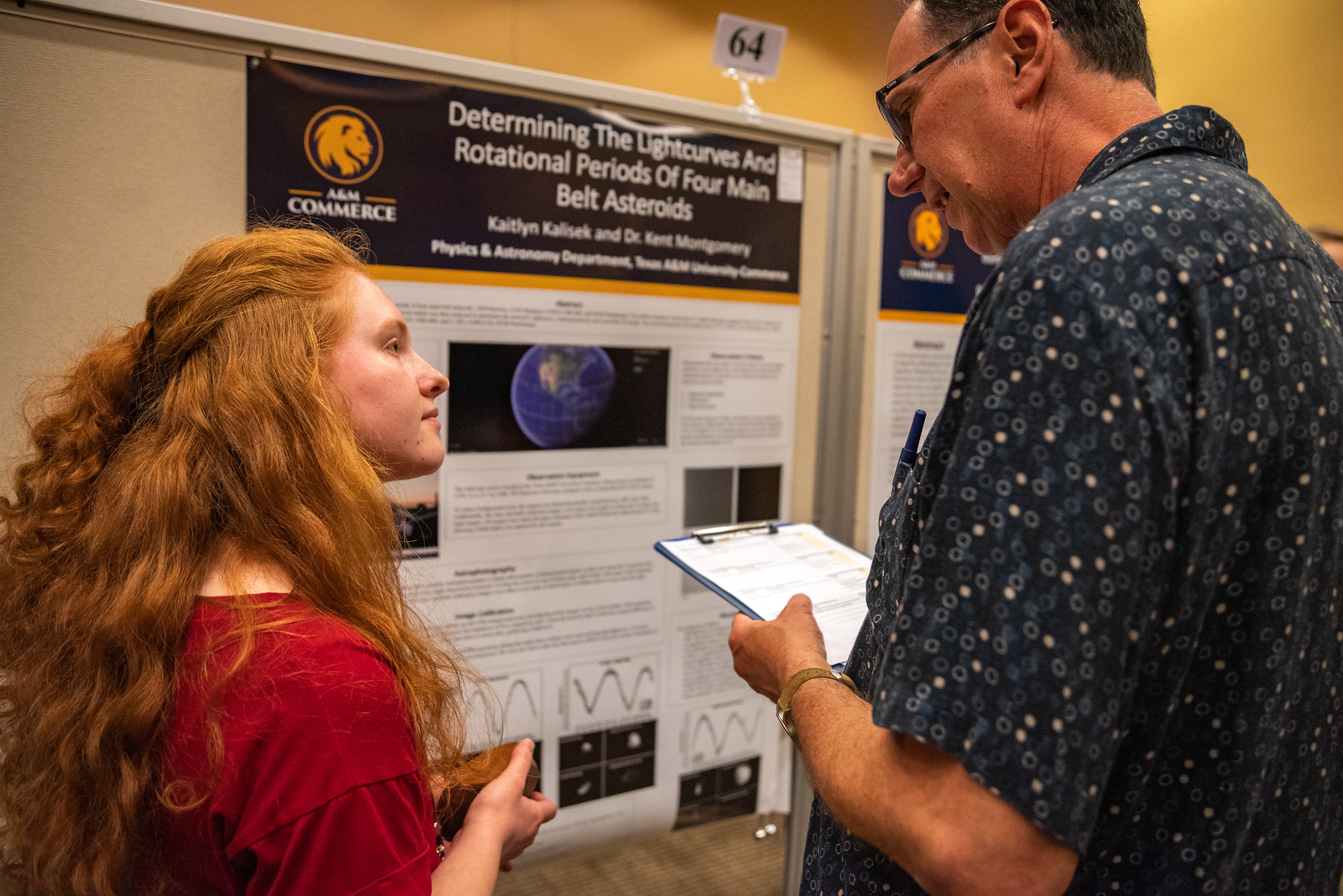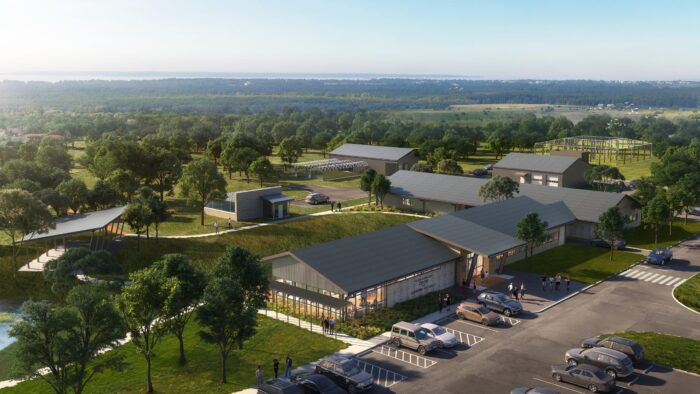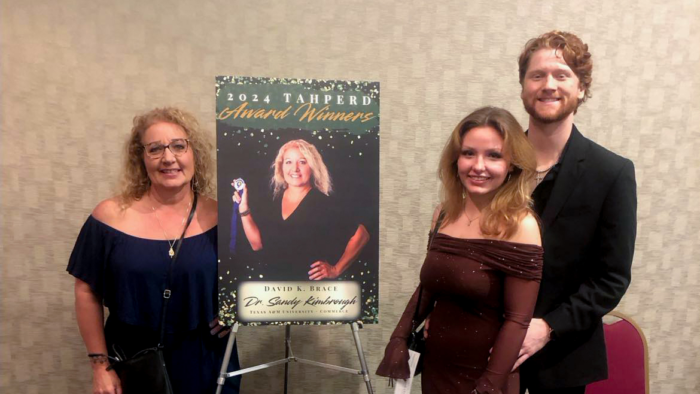
- On this page:
Research
Innovation and Discovery
Whether you're a student eager to join a vibrant community of scholars or a donor looking to support groundbreaking discoveries, your involvement will help shape the future. Explore how our research transforms ideas into action and fuels solutions for global challenges.
Browse Our Research
Biological Sciences
Super Quail Project
The Super Quail Project works to produce an affordable gamebird with wild-type survivability and a more stringent thermal tolerance so that they are prolific in challenging environments. We've made great progress in this arena and are building a Super Quail Production facility that will begin construction in 2024.
Human Dimensions Of Quail Sustainability
With declining populations of quail where there once was a thriving population, it is important to step back and consider how humans contribute to this change.
Quail Chick Development
Since 50-80% of quail adults die each year, and a quail’s lifespan is ~6 months, quail populations hinge on sustained quail chick production. Yet, that is the main cause of quail population decline in drought years. Accordingly, The Quail Research Laboratory is able to recreate field conditions in the lab to develop solutions for chick production in adverse conditions. We also develop the normal stages of development for various quail species and look at environmental pollutants and medicated feed on quail chick production and development. Learn More
Quail Research Station Program
Gamebird and quail populations are declining across the globe. Developing solutions for population sustainability is key to reversing these trends. The Quail Research Laboratory is unique in that our smallest research stations spans more than 500,000 acres. We image large-scale populations through innovative monitoring and provide results that explain observed mysteries of “where did all the quail go?” We have research stations in Montana, Kansas, California and Texas with comprehensive research into the impacts of climate, weather, management and other factors on a suite of upland gamebirds and waterfowl. Learn More
Unmanned Air Systems – Assisted Wildfire Fighting in Wildland Urban Interface Zones
A collaborative research effort between multiple universities is ongoing with a goal to improve the safety and effectiveness of firefighters in wildland-urban interface (WUI) zone fires. The reduction of the preventable fire burden occurs by decreasing the number of buildings that are ignited by exposure to wildland fire, detecting and suppressing spot fires, and helping to cool down the fire head and flanks. The system is based on the utilization of a swarm of Unmanned Air Systems (UASs) with on-board sensors to assist firefighters by reducing the need for firefighter deployment across dangerous terrain in unknown fire conditions. The specialized UASs are manufactured at East Texas A&M with payload capacities over 20 kg.
Freshwater Turtles' Spatial Use of Managed and Unmanaged Wetlands in Northeast Texas
Herpetological Communities within Constructed Wetland Complexes
Arming the Immune System to Fight Breast Cancer
Our research focuses on strengthening the immune system to fight breast cancer, which is the second leading cause of cancer-related deaths among American women.
Physics and Astronomy
Literature and Languages
The Trial of Womanhood
When a woman is on trial for murder, the media and prosecution often focus less on the evidence and more on the woman and her identity; the ways she meets (or doesn’t meet) societal expectations is often used against her. Read More
Augmentative and Alternative Communication
TESOL and Language Teacher Training in the Digital Age
Pragmatics and Second Language Acquisition
Multimodality and Communication
Our research spans from studying humor in communication to improving digital literacy and effective online instruction using innovative web tools. This approach is essential for a deeper understanding of how we communicate digitally.
Artificial Intelligence and Natural Language Processing
Second Language Writing and Technology
Humor and Multimodal Markers Project
The project is based on a corpus of digital-quality audio-video recordings of dyadic conversations in which speakers perform a baseline joke and then are free to talk for about ten minutes. Both speakers are closely miked and have a computer camera trained on them, thus allowing for multimodal features including prosody and eye gaze to be captured. Learn More





